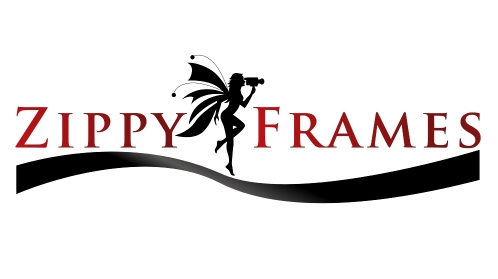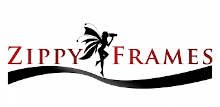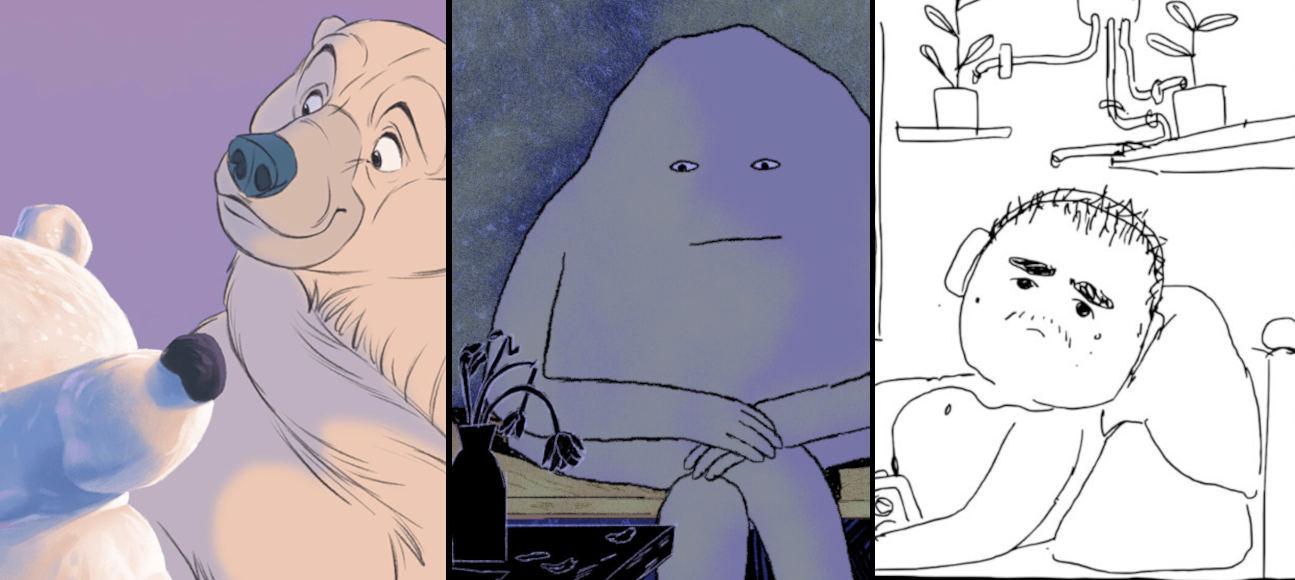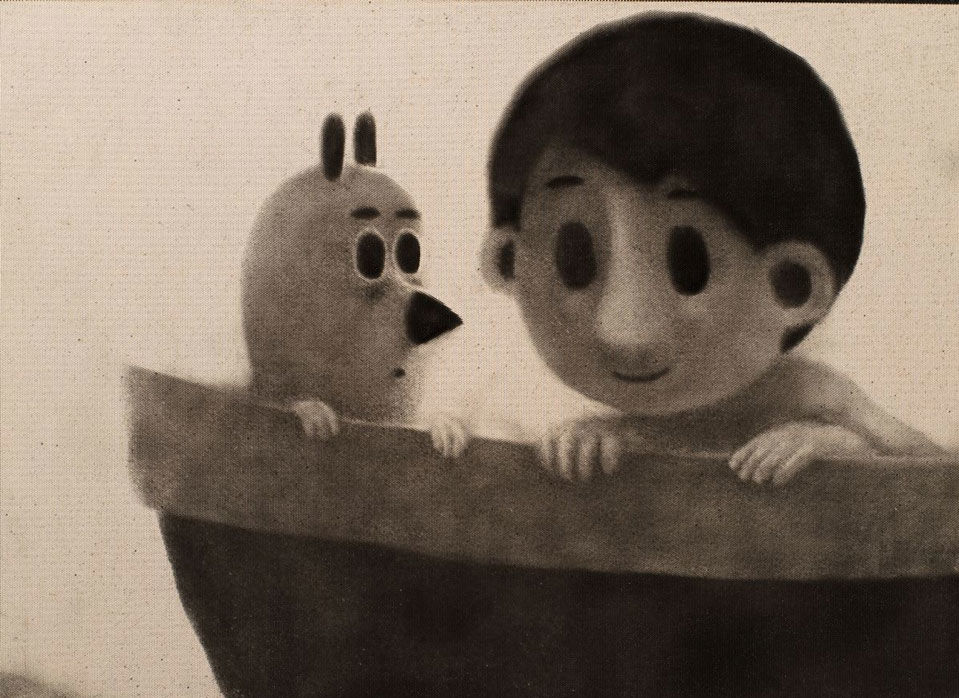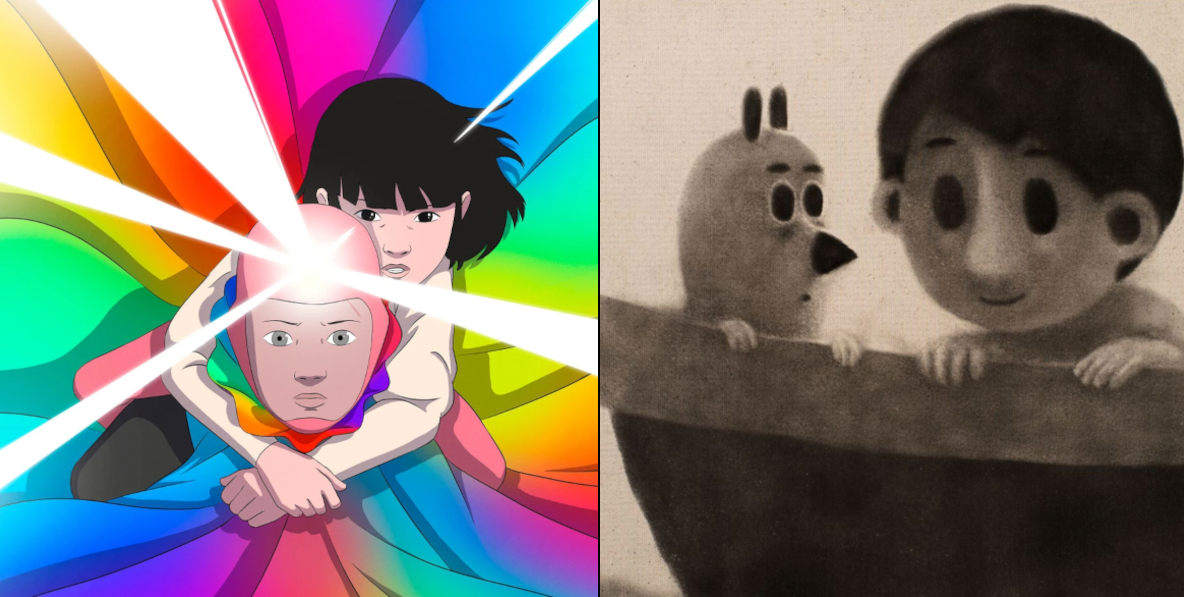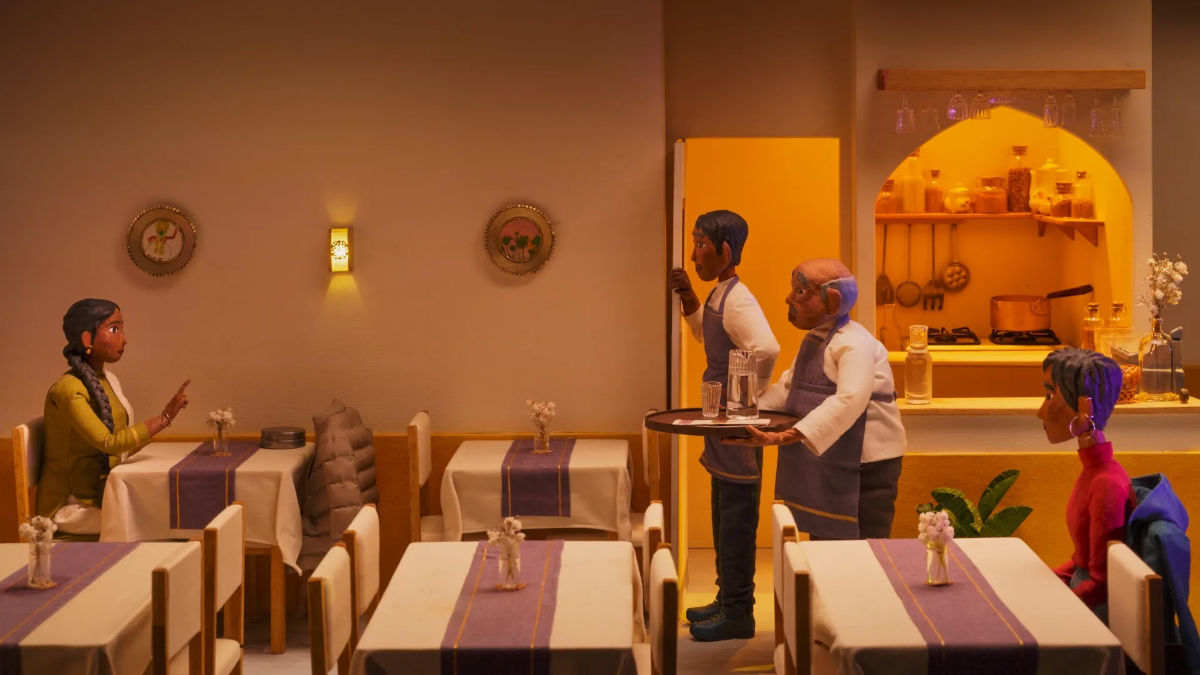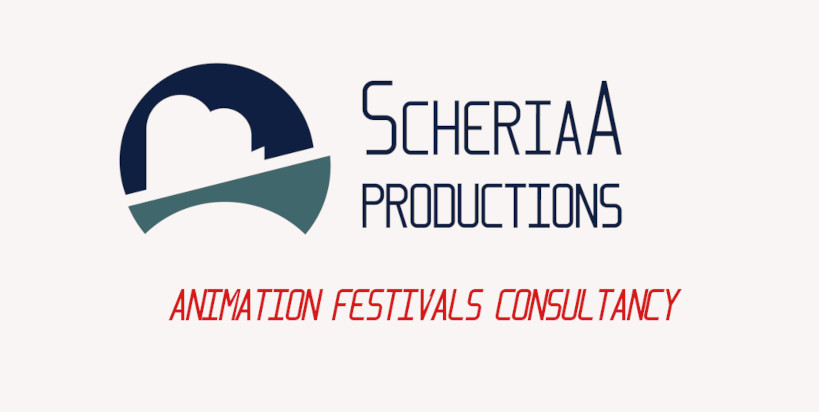'On the Animation Trail - 20 Years of Animation Festival History' by Nancy-Denney Phelps (Book Review)
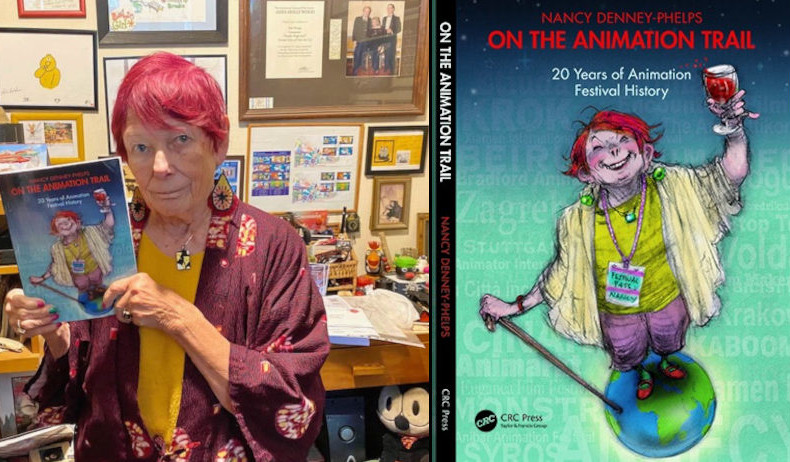
The book "On the Animation Trail—20 Years of Animation Festival History" by Nancy Denney-Phelps (2024) is a must-read for everyone who enjoys animation and its festivals. From Cinanima to Xiamen, passing through Beirut Festival, the author transports readers to various cultures and settings while simultaneously showcasing animation history "in action."
Nancy Denney-Phelps is a renowned specialist journalist on animation and its festivals for the Animation World Network website. As an ASIFA International Board of Directors member, she often writes for ASIFA/San Francisco. Nancy has taught animators time management techniques and served on juries for multiple international animation festivals, including being an advisor in several animation events as the pitching coach at Animarkt Stop Motion Forum in Łódź, Poland. Together with her husband, Nick Phelps, she has also produced music for animated movies over time. For approximately 20 years, they moved from San Francisco, California, to Ghent, Belgium, where they live with their dog, Miss Coco Chanel.
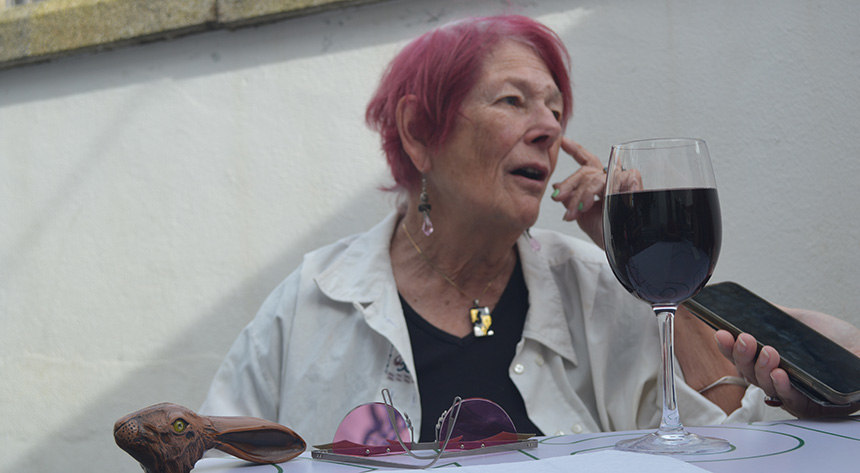
Nancy Denney -Phelps at Cinanima Festival 2024 (c) Cláudio Roberto.
The book 'On the Animation Trail' comprises 20 chapters, each of which I provide a summary of my impressions. Unfortunately, I cannot elaborate on each chapter; doing so would require writing another book! Therefore, some of them will be more detailed according to my perspective as a reader and based on conversations I have had with Nancy and Nick for the last five years. In some chapters, Nancy adopts a more affectionate look, and in others, she takes a more historical approach, displays curiosities, or provides a more descriptive account.
‘How It All Began ... Krok International Film Festival’ starts the book and advises the readers on the narrative rhythm. The extra-countries event used to happen on a boat across the Dnieper River in Ukraine, and for several years, it cruised on different rivers to or from Moscow on each trip. It was an amazing and unique moment in animation history, during which a Russian/Ukrainian festival brought together over 200 animators on a ship, allowing them to exchange experiences and enjoy animation and music. Moreover, this text nowadays is significant since we can see that these countries lived side by side and shared cultural objectives. Krok is also the theme of the last chapter, as a sad farewell.
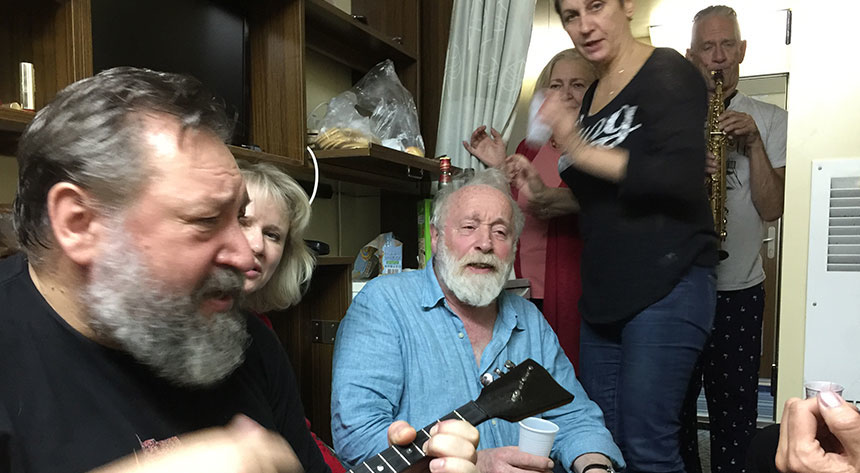
KROK Festival, featuring Mikhail Tumelya, Yuri Norstein, Nik Phelps.
Nancy and Nick traveled to Krok for the first time to represent Nina Paley, director of 'Fetch! (2002), who was not able to travel. Nick had created music for her short, 'I Love My Cat' (1989), when they started a friendship and partnership. Talking with Nancy, she expressed her gratitude and missing about Krok and all it represented. In this chapter, she also tells us about her complex and hard experience trying to get to Ukraine through Belarus, which, to whoever is reading, seems to be something between a comedy and a surreal story. Furthermore, Nancy observes that too much green tea is not so healthy and provides contextual details of Yalta and Sebastopol in world history.
I understand that combining so many diverse issues can create a confusing mess. However, the magic of a good narrative is its ability to blend all these elements and present them in a way that makes sense with a humorous perspective.
In chapters 9, 15, and 17, Nancy discusses Cinanima and Monstra Festival (Portugal), the Animasyros Festival (Greece), and the Tbilisi International Animation Festival (Georgia), respectively, providing excellent resumes of the animation history of these countries.
Especially in Portugal, she summarized a very good historical animation context. Respecting the historical line, she presents the well-known animators (Abi Feijó, Regina Pessoa, and Zepe) but also the young generation, such as the team of BAP animation studio; João Gonzalez, Oscar-nominated for 'Ice Merchants' (2022); and the recent feature films 'My Grandfather‘s Demons' (Nuno Beato, 2022) and 'Nayola' (José Miguel Ribeir, 2022). She also stands out at Casa Museu de Vilar, of Abi Feijó and Regina Pessoa (read our report) and their “impressive collection,” and she recalls the good meetings with Rastko Ćirić and Koji Yamamura with tenderness at the Monstra Festival 2008 edition. The good wine, food, and Portuguese hospitality were noted by Nancy, who “felt at home in Portugal.”
| Related: Cinanima Festival 2024: Like A Good Wine |
Regarding Greek animation, Nancy cites the first public screening of a Greek self-taught animator, Stamatis Polenakis, and its context: the film 'Duce Narrates' (1945) was an “anti-fascist satirical film” made during the German-Italian occupation of the country.
While at the Tbilisi Festival, Nancy mentions Vladimer Mujiri, who "made the first full-length animated film, Argonauts, with sound in 1935" in Georgia, along with other notable figures, leading up to Ana Chubinidze, the director of 'Franzy's Soup Kitchen' (2021), a co-production by Folimage and Pocket Studio.
In several chapters, the author describes each festival's history and evolution. The reader can discover this approach in the Annecy Festival (2nd chapter), Animafest Zagreb in Croatia (3rd chapter), Kaboom Animation Festival in Gent, Belgium (6th chapter), and the Fredrikstad Animation Festival in Norway (14th chapter). Among several subjects, I stand out as a pearl of animation history: Bordo (Borivoj Dovnikovic, who passed away in 2022) was the one who created the stylized “Z” for the festival logo and created, together with Zlatko Bourek, its first poster. Additionally, her account of Animafest Zagreb during the COVID-19 years serves as a testament to the resilience of the animation spirit.
| Related: De-Re-Constructing Memory and Re-Documenting Times: Notes on the Margins of Animafest Zagreb 2024 Programs |
By the way, the reader can easily find “pearls,” such as in the 10th chapter about the Euganea Festival in Italy, where you will learn what inspired Hayao Miyazaki to create 'Castle in the Sky' (1986); while in the 19th chapter, besides knowing about the Bradford Festival in Bristol, the readers can realize more about Aardman Studio and tips for animation pitching in the Appendix.
In other parts, even talking about the festivals, Nancy opens up her intimacy with her friends who have shared some special moments, or with VIP from animation whom she admires. These examples include Andrea Bauer, who is a programmer at the Stuttgart Festival of Animated Films (ITFS, chapter 4); Phil Mulloy from the Animator Festival in Poland (chapter 7); Michaela Pavlátová from the Anilogue Festival in Budapest (chapter 11); and Joanna Quinn and Daniel Suljić at the Animakom Festival in Bilbao, Spain (chapter 16).
However, other festivals are like history-political classes, like the 5th chapter on the Anibar Festival in Kosovo, the 12th about the Beirut Festival in Lebanon, and the 18th on Animattikon in Cyprus. Despite these heavy histories, she never let them win the narrative, balancing them with pleasure or curious situations. Yet another problem crossing the border, this time from Kosovo to Serbia, to visit her friend Rastko Ćirić, and to attend the first edition of the European Student Animation Festival.
I also observed a strong discourse on women's development in animation. That can be confirmed in chapter 8, where she presents Animarkt Stop-Motion Forum, founded by Agnieszka Kowalewska-Skowron, Katarzyna Gromadzka, and Paulina Zacharek, and StopTrik Festival , founded by Olga Bobrowska and Michal Bobrowski. Both events are dedicated to stop-motion: Animarkt in Łódź and StopTrik in Maribor, Slovenia. The 2019 StopTrik Festival had 'Animation From a Feminist Perspective' as a theme. By the way, I first met Nancy and Nik at the 2017 edition of StopTrik.
| Read Also: Humanity Meets Humility: Notes on the 14th StopTrik Festival |
In chapter 13 (Chinese events), when reporting on last decade's Xiamen International Animation Festival and China Jilin International Animation, Comic and Game Forum, a kind of cultural shock is evident: i.e., when she noted “the extremely formal banquets,” or "considered it strange the jury was not introduced at the award ceremony," but of course, accompanied with her good vibes. Nancy Denney-Phelps also describes many Chinese cities details and their food culture (like the seafood in Xiamen); she also notices festival actions to try to integrate with the bigger animation world, by featuring guests such as Paul Bush, Ed Hooks, and Mark Osborne (director of 'Kung Fu Panda' 2008), among others.
Therefore, the readers can participate in the positive and less-than-favorable incidents that Nancy and her life partner, Nick Phelps, have experienced over the last twenty years at animation festivals.
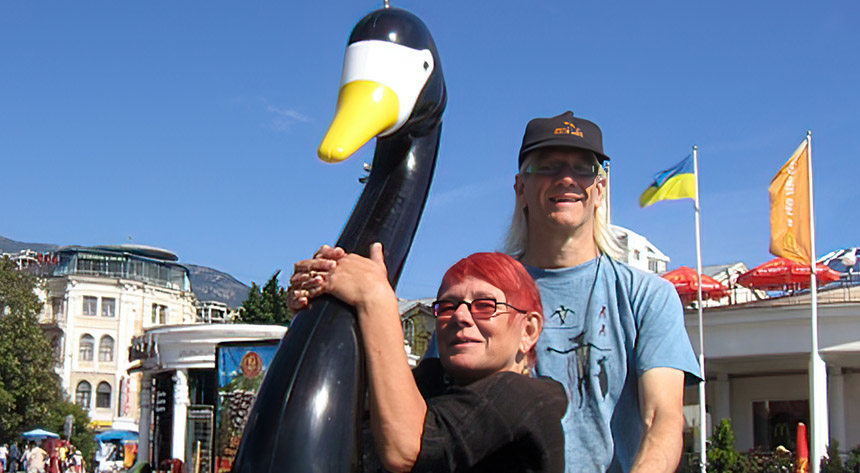
Nancy Denney-Phelps & Nik Phelps in a boat in Yalta.
However, nobody should expect that the book only covers animation and festival details; it is mainly about Nancy's impressions. Animation is a theme among many others: people, culture, friends, experiences, places, history, geography, etc. Daniel Suljić, Animafest Zagreb's artistic director, wrote in the foreword, “She describes the specific programs and characteristics each festival brings to the world's animation community table.” Moreover, you can learn through her observations how festivals have changed with time and how she felt participating in these events.
This diversity surprised me and made the book unique: Nancy Denney-Phelps talks about animation and its history, historical and social context, in addition to geographic ones. So, even if you are interested in cultural or curious topics, this book will be a pleasure for you.
What could be better? Perhaps the author could simplify some descriptive parts without compromising her intention or information. The book could showcase festivals from other parts of the world (such as Hiroshima or Ottawa festivals), but the author has only attended those mentioned. Perfection does not exist, and anyone would write anything else, but only those who have experienced festival vibes can know what they are talking about.
The book delivers what it promises: an authentic and generous testimony of 20 years in a “road movie” book (as the author herself defines the book) on animation festivals, with many adventures through the eyes of an experienced person.
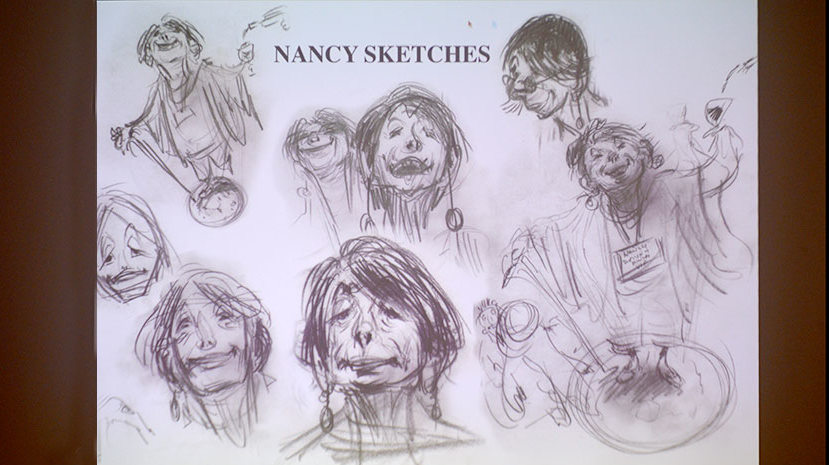
Sketches of Nancy Denney-Phelps by Joanna Quinn.
Book: On the Animation Trail - 20 Years of Animation Festival History
Author: Nancy Denney-Phelps
Cover: Joanna Quinn´s illustrations
Editor: CRC Press, Taylor & Francis Group
176 pages, color, 17,3 x 24 cm
contributed by: Eliane Gordeeff
